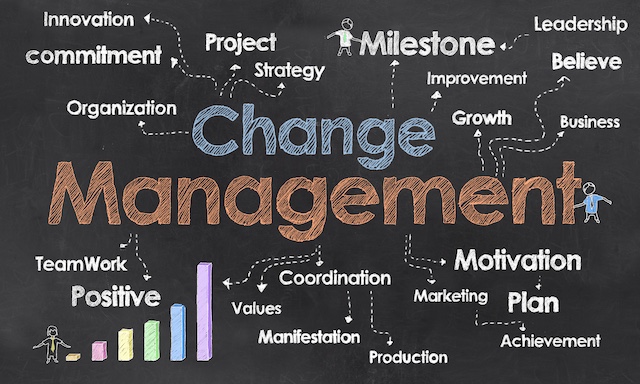What Are Flexible Workspaces?
Flexible workspaces are dynamic office environments designed to adapt to the changing needs of businesses and employees. Unlike traditional office setups with assigned desks and fixed layouts, flexible workspaces offer a variety of work settings, such as hot desking, coworking spaces, private offices, and collaborative areas. These spaces are designed to support different working styles, whether employees need a quiet space for focused work, an open area for collaboration, or a casual setting for informal meetings.
Flexible workspaces are becoming increasingly popular in modern workplaces, particularly with the rise of hybrid work models and remote work. They provide businesses with cost-effective solutions, enhance employee productivity, and foster a more agile and positive company culture.
Why Are Flexible Workspaces Important for Businesses?
Flexible workspaces have become essential for modern businesses, offering adaptability, cost efficiency, and a better work experience for employees. Here’s why they matter:
-
Enhanced Agility and Scalability – Businesses can easily adjust workspace sizes and layouts based on their evolving needs, whether scaling up or down, without the long-term commitments of traditional office leases.
-
Cost Savings – By optimizing office space and reducing unused areas, companies can lower real estate costs, utility expenses, and maintenance fees, making flexible workspaces a cost-effective solution.
-
Supports Hybrid and Remote Work Models – With more employees working remotely or in hybrid setups, flexible workspaces provide a versatile environment where workers can choose when and how they work best.
-
Boosts Employee Productivity and Well-Being – Employees can work in spaces that match their tasks, whether they need a quiet area for deep focus, a collaborative zone for teamwork, or a relaxed setting for creative thinking. This flexibility improves both productivity and job satisfaction.
-
Encourages Collaboration and Innovation – Open layouts, shared areas, and coworking environments foster spontaneous interactions and cross-team collaboration, leading to increased creativity and innovation.
-
Attracts and Retains Talent – Offering a modern, flexible workspace appeals to top talent who value work-life balance, autonomy, and an adaptable work environment, helping businesses remain competitive in attracting and retaining employees.
By embracing flexible workspaces, businesses can create a more dynamic, efficient, and employee-friendly workplace that adapts to changing demands and fosters long-term success.




